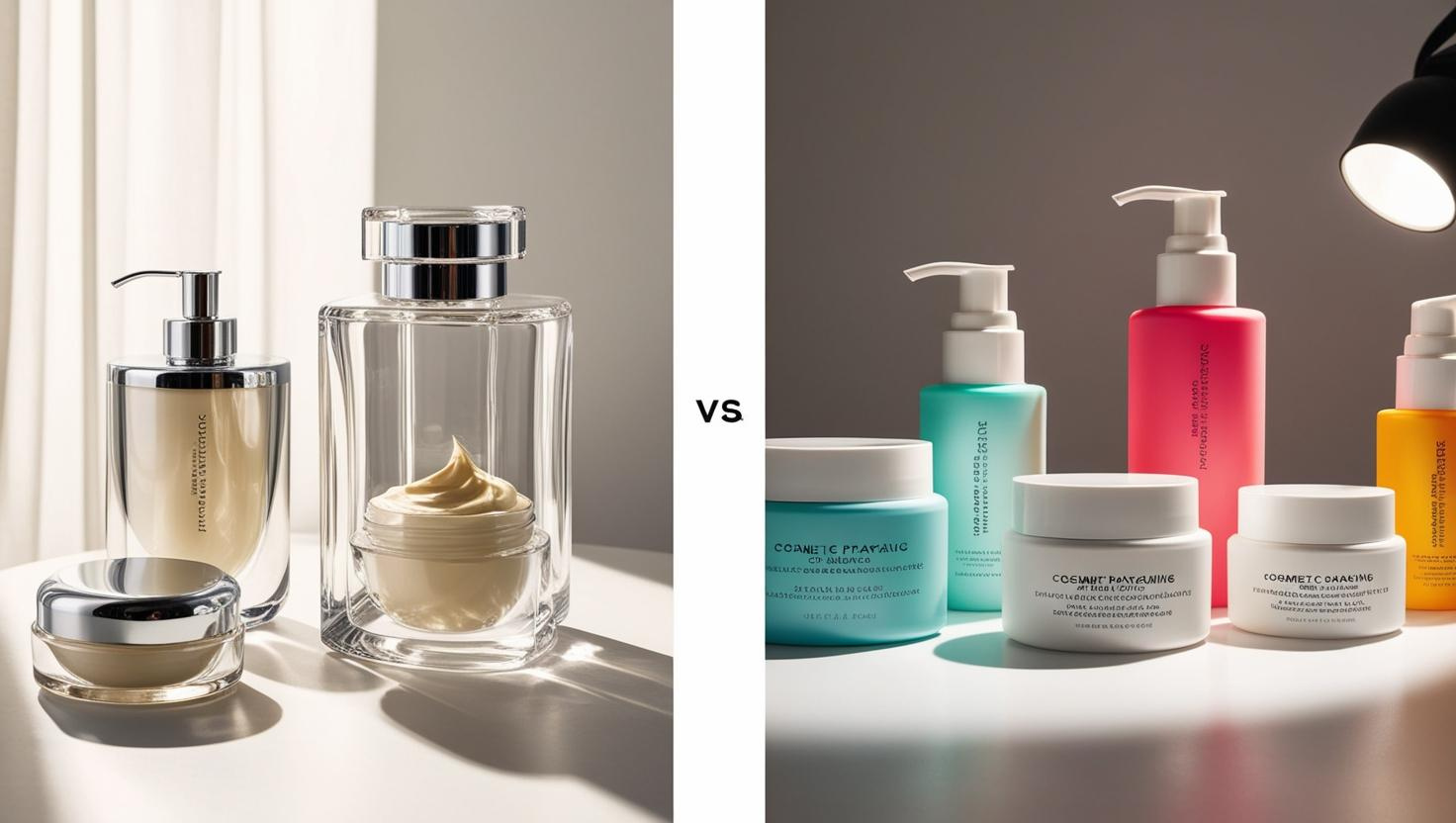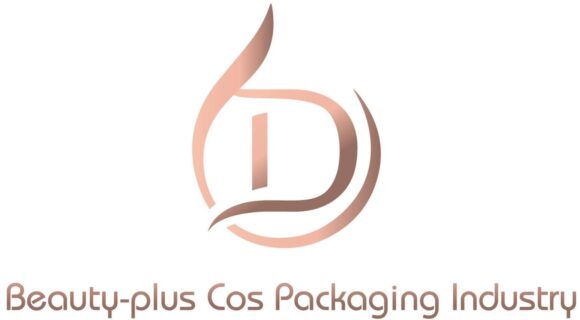
In the age of sustainability and clean beauty, glass packaging1 is often seen as the gold standard. It's sleek, heavy, and fully recyclable.
But is glass always the better option compared to plastic in cosmetic packaging?
The answer is: it depends.
Pros of Glass Packaging
Glass has been used for centuries to store oils, perfumes, and tinctures. Its appeal in modern skincare lies in its:
- Inertness — won’t react with formulas
- Barrier protection — excellent for oils and active ingredients
- Luxury feel — heavy and high-end in the hand
- Infinite recyclability — 100% recyclable without loss of quality2
Consumers also associate glass with clean beauty, transparency, and natural formulations.
Cons of Glass Packaging
Despite its aesthetic and environmental appeal, glass has limitations:
| Issue | Why It Matters |
|---|---|
| Fragility | Breakable during shipping or drops |
| Weight | Increases carbon emissions in transit3 |
| Cost | Higher material and mold cost |
| Shape limitations | Less flexibility in custom designs |
| Safety | Not ideal for travel or in-shower use4 |
For these reasons, glass is typically reserved for products used at home or placed on vanities—like serums, ampoules, and facial oils.
When Glass Is the Better Choice
Glass works well for:
- Oil-based serums and facial oils
- Vitamin C or retinol (sensitive actives)
- Essential oil blends
- Luxury gifting products
- Products requiring UV-blocking (e.g. amber or frosted glass)
It’s especially suitable when paired with dropper caps or air-tight pumps that prevent contamination.
When Plastic Wins Over Glass
Despite glass’s benefits, many brands opt for plastic because it’s:
- Lightweight
- Shatterproof and safe for travel5
- Cost-effective in large runs
- Moldable into custom shapes
- Accepted in most recycling systems (if mono-material)
Plastic makes more sense for:
- Body washes, cleansers, and lotions
- E-commerce-focused packaging
- Travel kits and refill systems
- Products with strict mold shape requirements
Hybrid & Refill Trends
Many brands now use hybrid designs—glass outer shells with plastic refills inside. This offers both:
- A luxurious first impression
- A lighter environmental footprint over the product’s life cycle
Refillable glass systems6 are growing in popularity, especially in perfumes, creams, and foundation jars.
Carbon Footprint: Which Is Greener?
Glass is endlessly recyclable, but transporting it requires more energy. According to a comparative LCA study7, the carbon impact of glass can exceed that of PET in certain regions—especially where recycling systems for plastic are well-developed.
Therefore, distance, weight, and local infrastructure all impact which option is truly greener.
Final Thoughts
Glass is an excellent packaging material when your product needs formula stability, elegance, and shelf impact. But plastic remains a better choice in terms of cost, flexibility, and lightweight logistics.
There’s no one-size-fits-all. The smartest brands choose based on product type, customer behavior, and sustainability goals.
Up next: Let’s decode the plastic recycling triangle. Read: How to Tell If a Material Is Recyclable: A Simple Guide
-
Glass is praised for its luxury feel, inertness, and full recyclability, but isn’t ideal for all product types. ↩
-
Glass can be recycled infinitely without degrading material quality, unlike most plastics. ↩
-
Due to its weight, glass packaging increases carbon emissions during transport, especially over long distances. ↩
-
Glass is not suitable for high-mobility products due to shattering risks in bathrooms or travel. ↩
-
Plastic is better for active lifestyles, outdoor settings, and e-commerce packaging because it’s safer and lighter. ↩
-
Refillable systems using glass exteriors with inner plastic refills help balance luxury and sustainability. ↩
-
LCA studies show that glass may have a higher carbon footprint than plastic depending on region and recycling rate. ↩

